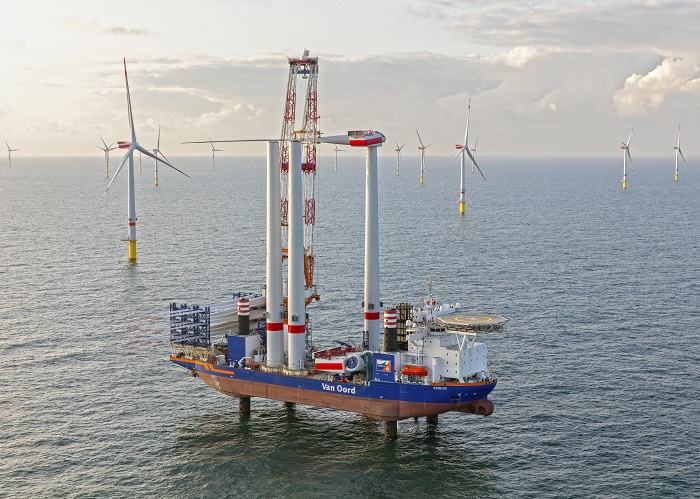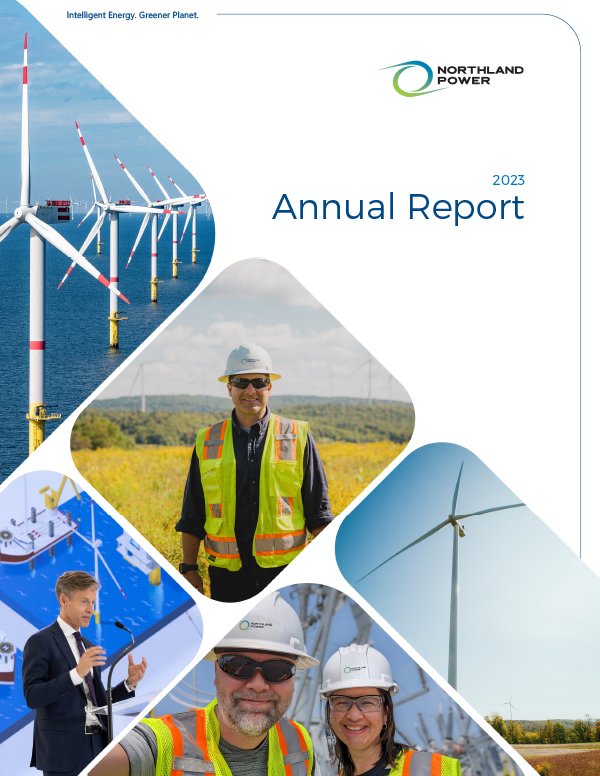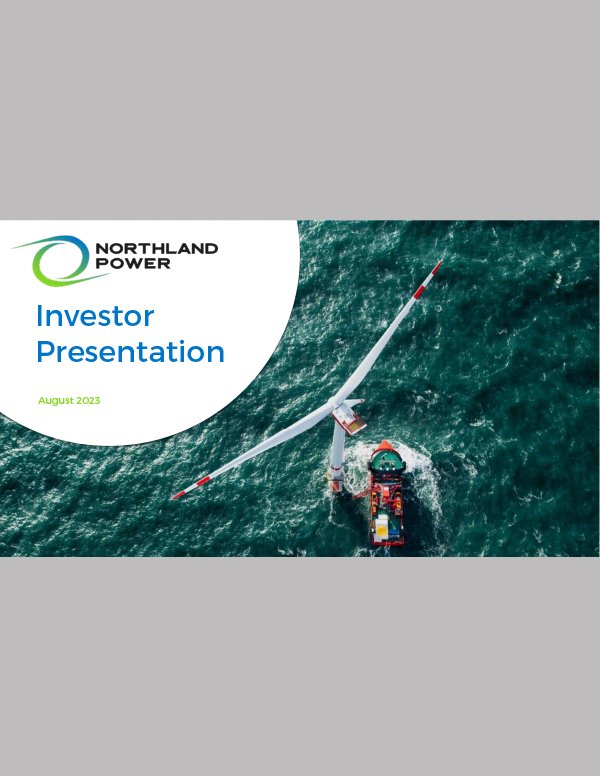

Location: North Sea, Germany
Energy source & type: Wind – Offshore Wind Farm
Opened: 2020
Capacity: 252 MW
%Owned/Operated: 100% / N/A
Overview |
| Located 95 km west of Borkum in the German Exclusive Economic Zone (EEZ), Northland is 100% owner of the €1.5 billion Deutsche Bucht offshore wind farm. Deutsche Bucht has an operating capacity of 252 MW, meeting the annual energy needs of 300,000 people and reducing the annual CO2 emissions of Germany by 700,000 tons. Northland's project team reached financial close for Deutsche Bucht in August 2017 and the project was completed in March 2020. The company played an active role throughout construction and is now managing ongoing operations. |
Features |
|
Documents & Links |

2024 Investor Day Presentation
Investor Day Presentation - March 2024

2023 Annual Report
Read our 2023 Annual Report

2022 Sustainability Report
Read our 2022 Sustainability Report

Investor Presentation
Investor Presentation August 2023










